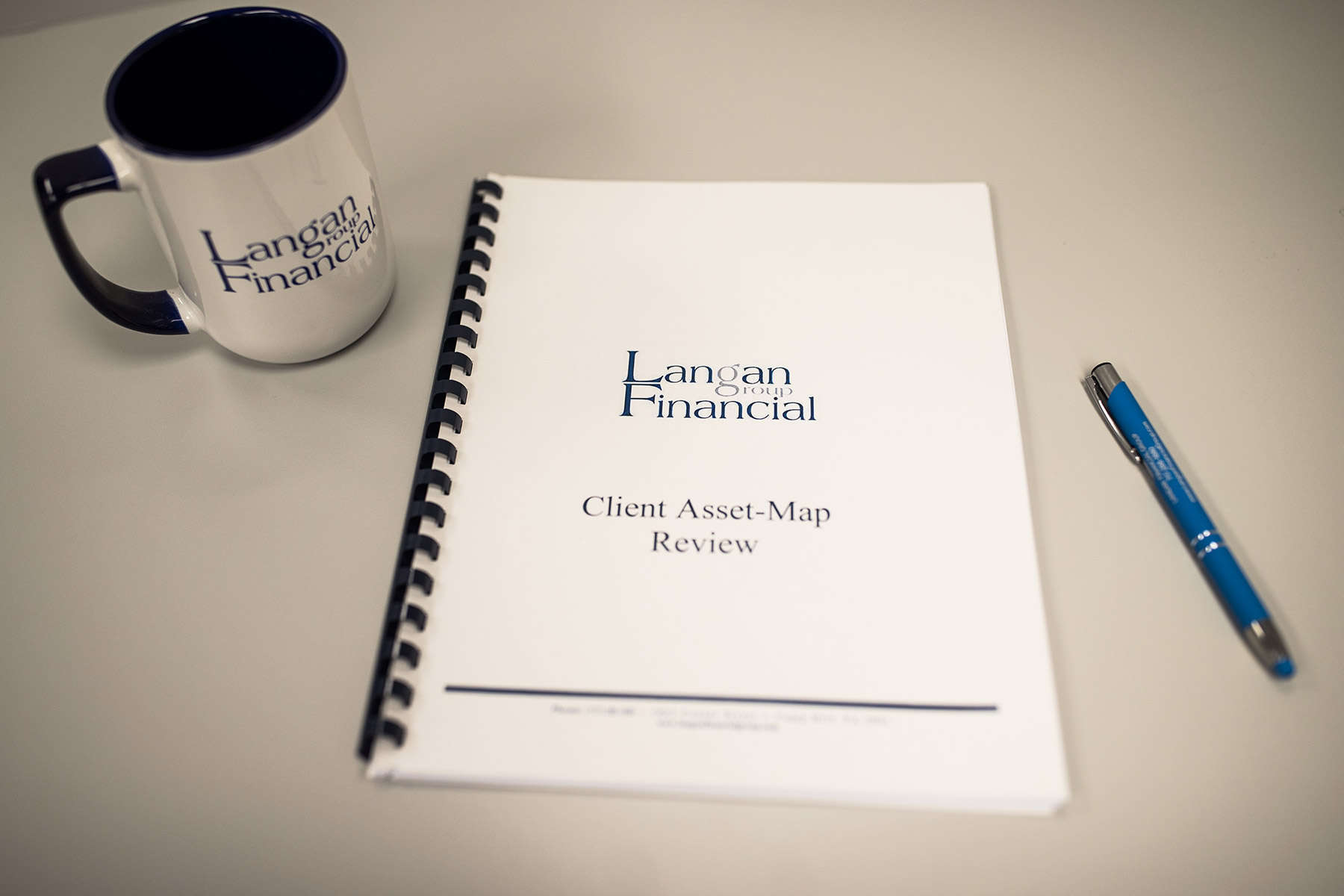403(b) Plan Guide
What is a 403(b) and how does it work?

What is a 403(b)?
403(b) is also known as a tax-sheltered annuity or a TSA plan. It is a qualified, tax advantage retirement plan offered by public schools and certain 501(c)(3) organizations.
This type of retirement plan offers participants the option to save for retirement by contributing to individual accounts.
Each plan can be set up to include either traditional or Roth features. In addition, employers are able to contribute to participants' individual accounts as well.
How does a 403(b) Work?
In order to maintain a 403(b) plan, employers must comply with its written program. The written program outline the terms and conditions for:
- Who is eligible to participate in the plan?
- What the plan's contribution rules for matching employee contributions will be?
- What the contribution and benefit limitations will be?
- Outline the non-discrimination requirements for the 403(b) plan to meet. This helps the plan avoid becoming a top-heavy and favoring highly compensated employees.
- The investment accounts types allowed under the plan.
- The plan benefit distribution requirements for a participant to be able to withdraw funds from the plan.
In addition to the above regulation requirements, there are optional provisions 403(b) plans can have in their written program.
These include:
- Loans
- Plan to plan transfers
- Hardship distributions
- Designated Roth accounts
- In-service contact exchanges
- Automatic contribution enrollments
- Non-elective employer contributions
- Employer's right to terminate the plan
- Elective deferral catch-up contributions
Types of 403(b) Contributions
403(b) contributions provide participants with a tax-efficient growth option for retirement savings.
When a member deducts a contribution from their paycheck, that money can be invested in their account and grow without capital gains taxes. This means most contributions to a 403(b) plan are tax deductible.
There are a few different types of 403(b) contributions that can be used including:
1) Elective deferral is an agreement that allows the employer to withhold money from an employee's salary and deposit it into their 403(b) retirement account.
2) Non-elective employer contributions are contributions to the 403(b) plan made outside of the salary reduction agreement. These contributions can include employer matches and discretionary and mandatory employer contributions.
3) After-tax contributions are known as voluntary contributions made by an employee. These contributions are included in the employee's gross income and reported as compensation for the year contributed.
4) Designated Roth Contributions are contributions the employee chooses to include in gross income for the year.
403(b) Max Contribution
When a participant contributes to their plan, there is a maximum contribution limit they can defer into the plan.
There can be many stipulations that impact the maximum contribution depending on how the plan is set up. However, typically the maximum amount an employee can contribute to their 403(b) each year is the lesser of:
- 100% of includible compensation
- $22,500 in 2023. This maximum plan contribution is up from $20,500 in 2022.
In addition, the 403(b) plan may have a catch-up provision for participants. This allows individuals ages 50 and up to contribute additional funds to their retirement plan.
For 403(b) plans, an employee may be able to contribute an additional $7,500 a year in 2023, bringing their total employee contribution limit to $30,000 a year. This catch-up provision is an increase of $6,500 from 2022.
It changes just like the maximum amount due to annual cost of living increases identified by the IRS, throughout the years. It typically is not adjusted annually and in some cases only adjusted every few years.
In addition to the catch-up provision, 403(b) plans may offer the 15-year rule. The 15-year rule refers to employees who have worked for a qualified organization for 15 years or more. These employees are allowed to contribute an additional $3,000 a year to the 403(b) retirement plan. However, the IRS has placed limitations on this particular rule.
Importantly, participants are only allowed to do this additional contribution for up to 5 years.

403(b) Tax Options
Depending on how your 403(b) plan is set up, it may have two different options for taxes.
In contributions are pre-tax, you will be allowed to postpone your tax payment until you start to make withdraws. This means your money will grow tax-free.
The goal for pre-tax contributions is hoping you will be in a lower tax bracket when you start making the withdrawals.
The other potential tax option will be Roth contributions. This means your contributions will be taxed immediately.
However, the contributions will be able to grow tax-free and eventually be withdrawn tax-free too.
In the Roth scenario, your hope would be you are currently in a lower tax bracket now, so that in the future you would avoid higher taxes.
There is a caveat to Roth contributions. Roth is only tax free if taken at 59 1/2 years old and contributions have been held for five years, unless early withdrawal exceptions apply.
403(b) Management Services
Langan Financial Group has been working with retirement plans, including 403(b) plans, for over 35 years. We help provide retirement plan advisory services to numerous non-profits and government employees.
Langan Financial Group will work with an organization to help ensure its retirement plan is providing the best value to its employees it can. We will:
- Review the plan's design to ensure it aligns with your goals and needs
- Review the plan to ensure it is doing what it is supposed to be doing
- Benchmark the plan to help keep costs competitive
- Benchmark the plan to help keep the organization's liability low
- Engage the employees through financial seminars, one on one financial planning, and other methods to help them with retirement planning
Chat with a 403(b) Advisor
Give us a call at 717-288-1880 to see how our local advisors can help with your retirement plans.
Or visit our 403(b) advisor contact page to fill out an inquiry.
FREE Benchmark Comparison Services
Financial Advisor Locations:
Disclosure: Check the background of your financial professional on FINRA's BrokerCheck. The content is developed from sources believed to be providing accurate information. The information in this material is not intended as tax or legal advice. Please consult legal or tax professionals for specific information regarding your individual situation. The opinions expressed and material provided are for general information, and should not be considered a solicitation for the purchase or sale of any security. Cambridge and Langan Financial Group, LLC. are not affiliated. Cambridge Investment Research Advisors, Inc. a Registered Investment Advisor. Securities offered through Registered Representatives of Cambridge Investment Research, Inc., a broker-dealer, member FINRA/SIPC, to residents of: AL, AZ, CO, DE, FL, GA, IA, KY, MD, NJ, NM, NY, NC, OH, PA, TX, VA, WI Cambridge and Langan Financial Group does not offer legal advice. Estate planning services are in regards to your overall financial plan. Always be sure to speak to a legal professional in regards to specific legal matters. Fixed insurance services offered through Langan Financial Group.
Testimonial/Endorsement Disclosure: The testimonials may not be representative of the experience of other customers. The testimonials are no guarantee of future performance or success. All of the testimonials/endorsements are clients with the exception of Steven Martinez of York SPCA. There was no cash nor non-cash compensation for any of the testimonials provided.
© Langan Financial Group
Harrisburg, PA Office
Address: 1863 Center St, Camp Hill, Pa 17011
Phone: 717-288-1880
York, PA Office
Address: 3405 Board Rd, Suite 200, York, Pa 17406
Phone: 717-773-4085




